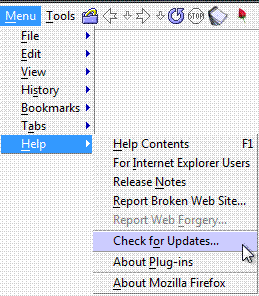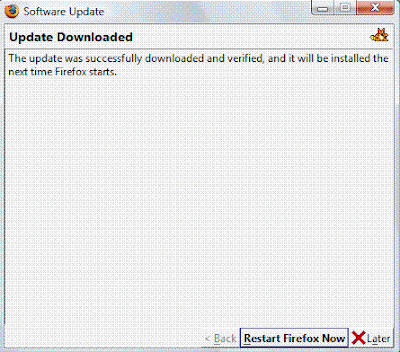On 09 October 2007 Microsoft is planning to release Seven new security bulletins.
Here is a summary in order of severity:
Critical:
Security Bulletin 1
Impact of Vulnerability: Remote Code Execution
Detection: Microsoft Baseline Security Analyzer can detect whether your computer system requires this update. Restart Requirement: The update will require a restart.
Affected Software: Windows.
Security Bulletin 2
Impact of Vulnerability: Remote Code Execution
Detection: Microsoft Baseline Security Analyzer and Enterprise Update Scan Tool can detect whether your computer system requires this update.
Restart Requirement: The update will not require a restart, except in certain situations and for Windows Vista.
Affected Software: Windows, Outlook Express, Windows Mail.
Security Bulletin 3
Impact of Vulnerability: Remote Code Execution
Detection: Microsoft Baseline Security Analyzer can detect whether your computer system requires this update.
Restart Requirement: The update will require a restart.
Affected Software: Windows, Internet Explorer.
Security Bulletin 6
Impact of Vulnerability: Remote Code Execution
Detection: Microsoft Baseline Security Analyzer can detect whether your computer system requires this update. Restart Requirement: The update will not require a restart.
Affected Software: Office.
Important:
Security Bulletin 4
Impact of Vulnerability: Denial of Service
Detection: Microsoft Baseline Security Analyzer can detect whether your computer system requires this update. Restart Requirement: The update will require a restart.
Affected Software: Windows.
Security Bulletin 5
Impact of Vulnerability: Spoofing
Detection: Microsoft Baseline Security Analyzer can detect whether your computer system requires this update. Restart Requirement: The update will not require a restart.
Affected Software: Windows.
Security Bulletin 7
Impact of Vulnerability: Elevation of Privilege
Detection: Microsoft Baseline Security Analyzer can detect whether your computer system requires this update. Restart Requirement: The update may require a restart.
Affected Software: Windows, Office.
Although Microsoft does not anticipate any changes, the number of bulletins, products affected, restart information and severities are subject to change until released.
The full version of the Microsoft Security Bulletin Advance Notification for this month can be found here: http://www.microsoft.com/technet/security/bulletin/ms07-oct.mspx
Microsoft Windows Malicious Software Removal Tool: Microsoft will release an updated version of the Microsoft Windows Malicious Software Removal Tool on Windows Update, Microsoft Update, Windows Server Update Services and the Download Center.
At this time no additional information on these bulletins such as details regarding severity or details regarding the vulnerability will be made available until the bulletins are published on Tuesday.
 Remember - "A day without laughter is a day wasted."May the wind sing to you and the sun rise in your heart...
Remember - "A day without laughter is a day wasted."May the wind sing to you and the sun rise in your heart...










